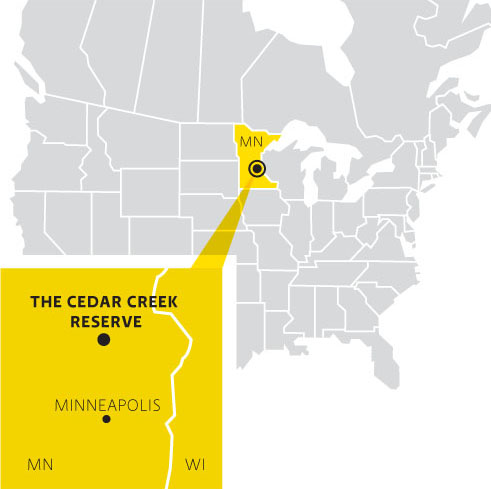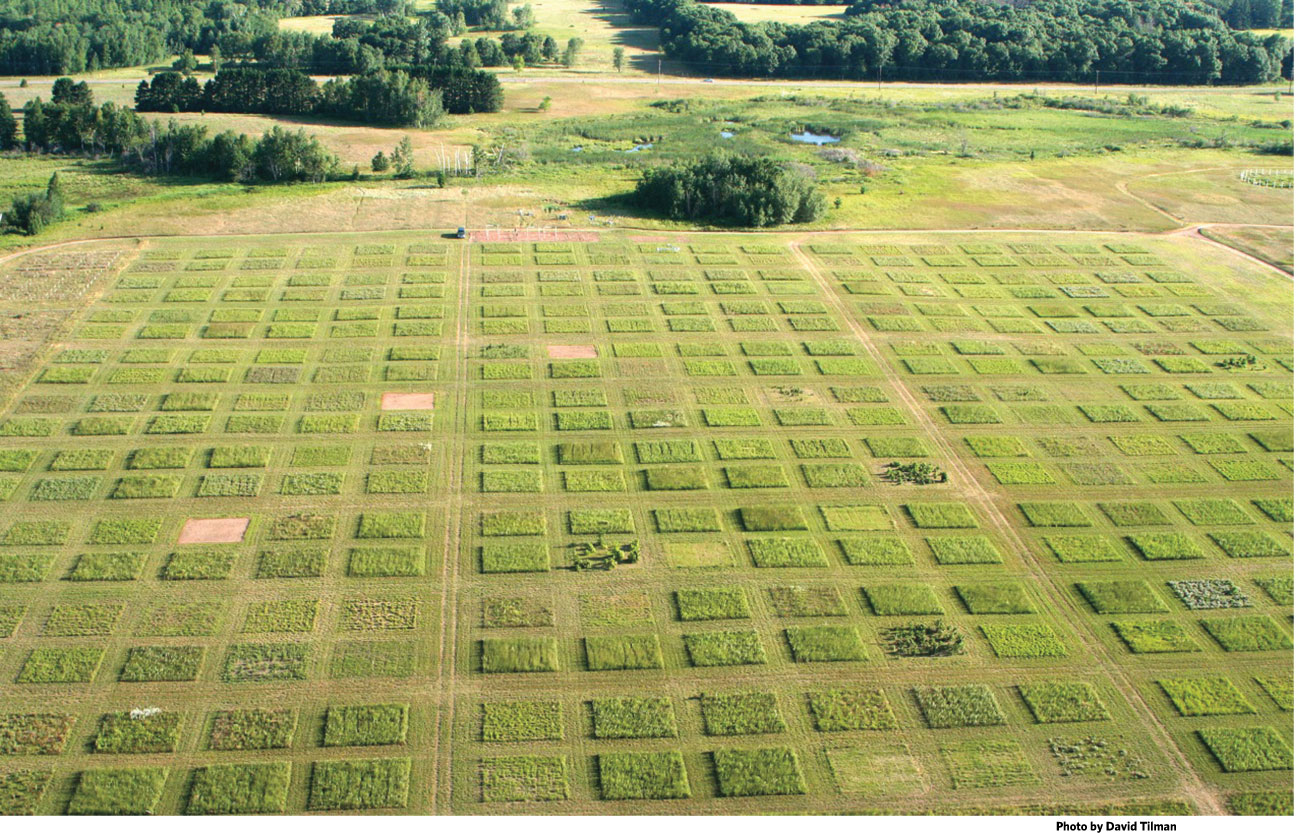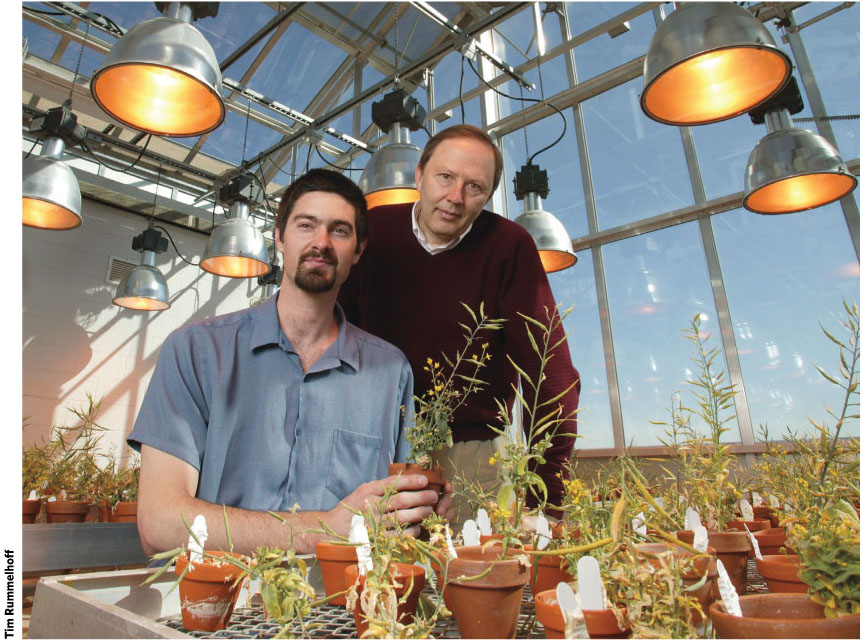Biofuels are a potentially important alternative to fossil fuels.
The term biofuel makes headlines daily, but the concept is not new; people have been deriving energy from biomass for millennia—for instance through burning wood, peat, corn stalks, and other crop residue for heat and cooking.
biomass
Material from living or recently living organisms or their by-products.
Currently, the world relies primarily on fossil fuels as the main source of energy—but burning them has had a profoundly negative impact on our environment (see Chapter 18, Chapter 19, Chapter 20, and Chapter 21 for more). And with increasing demand for energy, continued dependence on these nonrenewable fuels is no longer a viable option. Communities are experimenting with ways to produce electricity without fossil fuels (see Chapter 23) and with sustainable alternatives to power motor vehicles.
Biofuels are derived from material from living or recently living organisms (biomass) or their by-products. Fuels derived from biomass are considered renewable since the raw materials can be naturally replenished relatively quickly. Biofuels also have the advantage of being locally produced and thus reducing a nation’s dependence on other countries for energy.

But biofuels are not a simple solution to our energy problems. For one, their raw materials, or feedstocks—crops, animal waste, and wood products—require resources to grow. Furthermore, to function as fuel, these materials must be converted into another form, a process that uses energy.
feedstocks
Biomass sources used to make biofuels.
Today, there is a massive effort to render that process more sustainable. In 2012, biofuels provided about 7% of the energy used in the United States, more than any other type of renewable resource. According to the U.S. Department of Energy, global biofuel supply and demand is expected to grow more than sixfold, from 12 billion to 83 billion gallons over the next two decades.
KEY CONCEPT 32.1
Biofuels are a low-carbon, renewable alternative to fossil fuels that can be produced locally.


But, as Tilman was about to learn, replacing fossil fuels—especially petroleum—is no easy task.